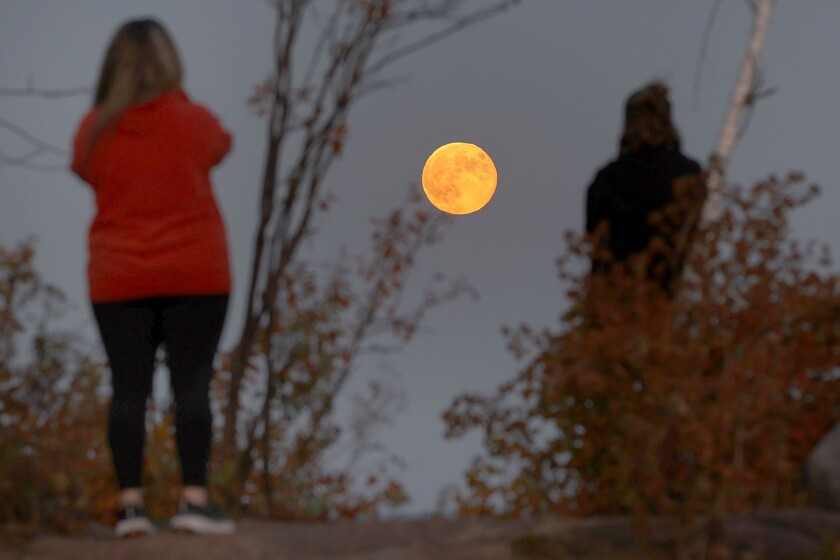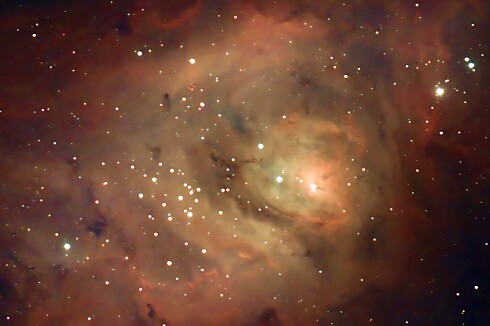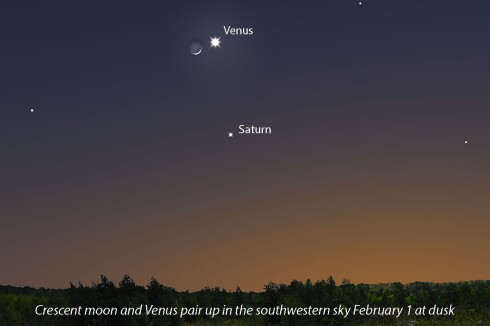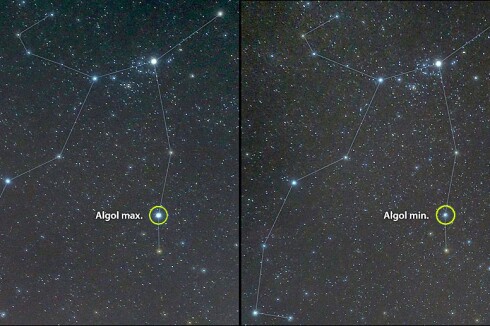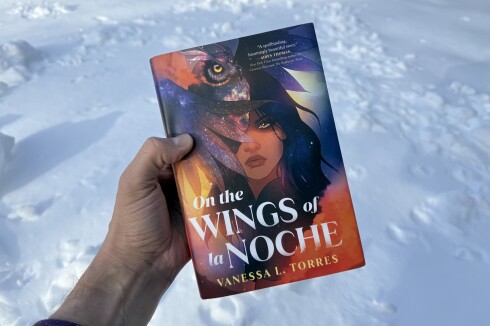We get a full moon about once a month because that's approximately the time between successive full moons (29 1/2 days to be exact). The last one was Oct. 17 and the next will be Friday evening, Nov. 15.

Every full moon bears a traditional, season-related name. This month is the Full Beaver Moon and marks the time when beavers finish building their lodges in preparation for winter. More locally, in the Anishanaabe tradition, it's called Gashkadino-Giizis, The Freezing Over Moon. I can't think of a better fit for our region. On colder nights, ice has already begun to fringe the shores of creeks and ponds.
ADVERTISEMENT
After returning to standard time earlier this month, the early darkness still takes getting used to. On Nov. 15, the sun sets at quarter to five for the Duluth region and the stars are out by 6:30 p.m. That's a far cry from summertime when we had to wait until 11:30 p.m. for the stars to wink on.
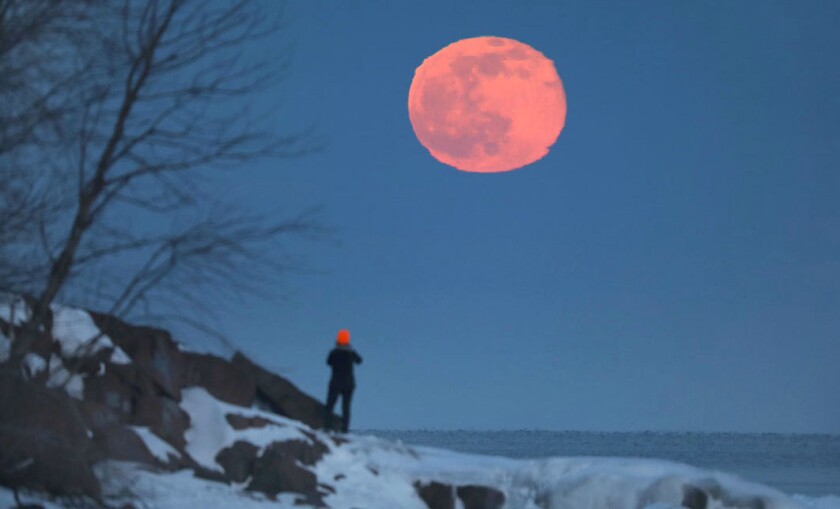
Early sunsets also affect the time of moonrise. That's because every full moon lies almost directly opposite the sun. When the sun sets (early!) in the southwestern sky, the moon rises in the northeast. Moonrise on Friday happens at 4:06 p.m., a little more than a half-hour before sunset at 4:44 p.m. (Duluth time). Because it will still be light out then, the moon will appear paler and fainter than usual. Watch for a pinkish-orange pastel ball at the horizon.
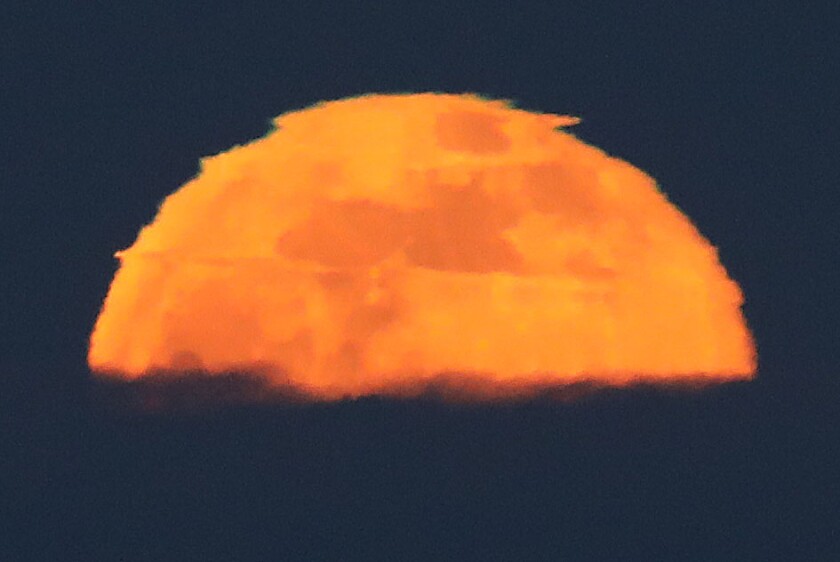
The extra light also means it will be easy to use your smartphone to photograph the moon with a favorite tree, lake or scene that catches your eye. If you have a telephoto lens and tripod, be alert for atmospheric effects and mirages at and just after moonrise that warp and distort its outline. No kidding, I've seen the moon look like an atomic bomb explosion.
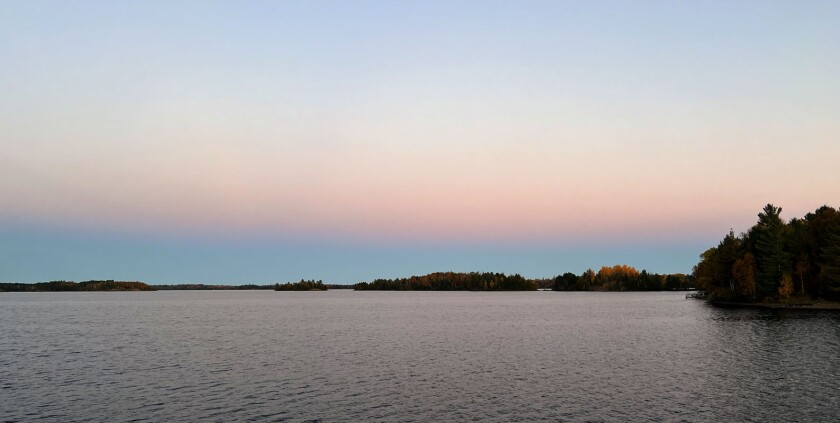
Be sure to watch for Earth's shadow. The planet casts a shadow onto the atmosphere that's one of the easiest and most remarkable things visible at dusk. Starting right around sunset and lasting about 20 minutes, the shadow is a deep, blue-gray band topped with orange that extends the full breadth of the eastern sky about a fist above the horizon. It will appear below the rising moon when the sky first starts to get dark.
The weather is always the critical factor. Right now, the forecast shows clear to partly cloudy for the region early Friday evening. Cross your fingers. Should it cloud over, you can try again on Sunday, Nov. 16, when the moon comes up at 4:44 p.m. in Duluth (just after sunset) or even on Monday, when it rises in a darker sky at 5:34 p.m. On both nights it will still appear mostly full. If you're reading this outside the Duluth area, check your local moonrise time at timeanddate.com/moon .

